14 Movie Cars That Became Collector Icons
Some movie cars are more than just props. They become stars on their own and stay in the memories of fans long after the credits roll. From muscle cars that ruled chase scenes to sleek rides packed with gadgets, these vehicles shaped movie history. Here are some of the most famous film cars that became collector icons around the world.
This post may contain affiliate links, which helps keep this content free. Please read our disclosure for more info.
DeLorean DMC-12 – Back to the Future (1985)
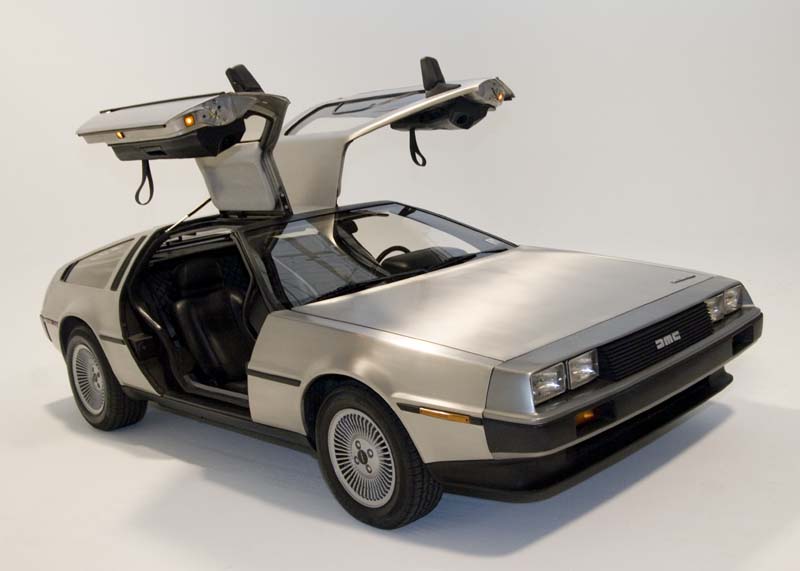
The DeLorean became one of the most recognizable movie cars thanks to its stainless-steel body and gull-wing doors. In Back to the Future, it was turned into a time machine by the eccentric Doc Brown, giving the car an unforgettable identity. Its futuristic design and quirky style turned an otherwise short-lived car brand into a legend among collectors. Today, fans still treasure replicas and original models that recall Marty McFly’s wild adventures through time.
Collectors see the DeLorean as more than just a nostalgic prop. It represents the magic of 1980s cinema and the idea of ordinary objects becoming extraordinary. Restored versions often appear at car shows, and prices for authentic ones keep climbing. Every flash of those upward-swinging doors brings fans right back to Hill Valley.
1964 Aston Martin DB5 – Goldfinger (1964)
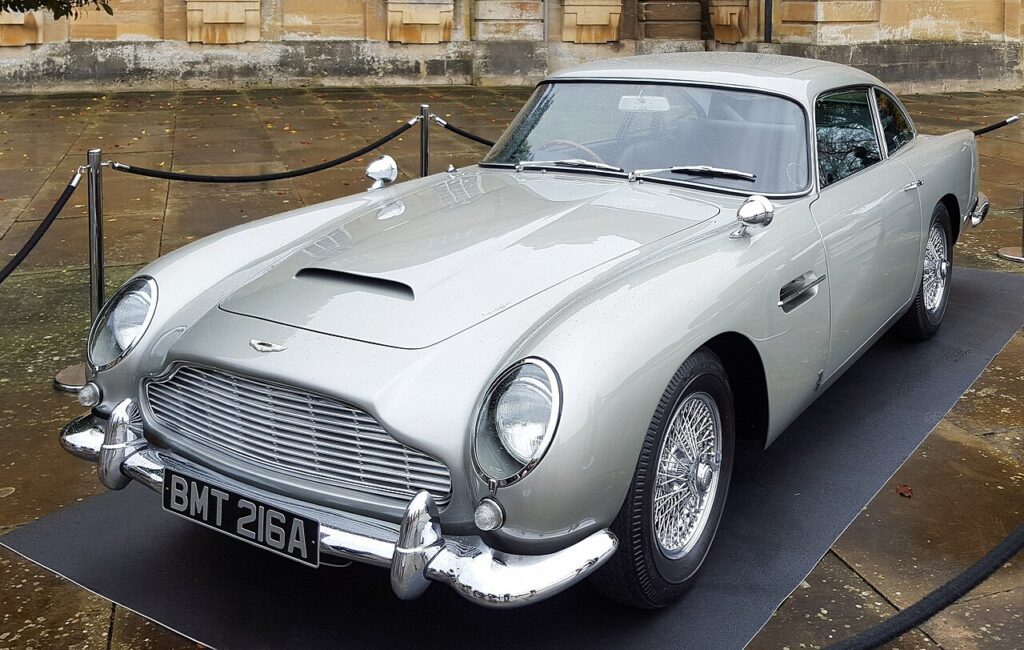
Few cars define movie elegance quite like James Bond’s Aston Martin DB5. With its sleek silver curves, hidden weapons, and ejector seat, it became an instant symbol of sophistication and style. The DB5 appeared in multiple Bond films, cementing its place as the ultimate spy car. Its lasting appeal lies in the perfect mix of luxury and adventure that the Bond franchise built around it.
Collectors have long viewed the DB5 as a prized possession. Authentic movie-used models have sold for millions, proving its lasting influence in both film and car culture. Even modern Bond films keep bringing it back, honoring the car’s timeless role. It remains the gold standard for cinematic automobiles.
1969 Dodge Charger “General Lee” – The Dukes of Hazzard

With its bright orange paint, Confederate flag roof, and roaring V8 engine, the General Lee became a pop-culture icon of the late 1970s and early 1980s. Known for its dramatic jumps and car chases, the Charger stood out as a symbol of carefree rebellion. Fans loved its horn that played “Dixie” and its ability to outrun anyone in Hazzard County. Over the years, it became one of television’s most famous cars.
Collectors value surviving General Lees because so many were wrecked during filming. Authentic screen-used cars are now rare and worth a fortune. Some owners choose to repaint or modify them to remove the flag, keeping the design but avoiding controversy. Either way, the car remains a memorable piece of TV history.
1977 Pontiac Firebird Trans Am – Smokey and the Bandit (1977)

Burt Reynolds made the black and gold Trans Am a legend. With its roaring engine, gold bird decal, and attitude to match, it captured the rebellious spirit of the 1970s. The movie’s wild highway chases turned it into a must-have for muscle car fans. It gave Pontiac one of its biggest sales boosts in history.
Collectors love the Trans Am for its pure power and nostalgia factor. Finding an original in mint condition has become a challenge, but restoration projects are still popular. The car represents a time when simple fun and open-road freedom ruled. Every fan who hears its rumble is reminded of Reynolds’ grin and cowboy hat.
1968 Ford Mustang GT Fastback “Bullitt” – Bullitt (1968)

Steve McQueen’s green Mustang from Bullitt delivered one of the most famous chase scenes ever filmed. Stripped of flashy details, it looked tough, raw, and ready for action. Its roaring pursuit through the streets of San Francisco set a new bar for movie car scenes. The car’s understated cool made it an instant classic.
The original Bullitt Mustang disappeared for decades before resurfacing in 2018. When it finally sold, it fetched millions at auction, proving its legendary status. Ford has even released modern Bullitt editions inspired by McQueen’s car. It remains the perfect mix of muscle and movie magic.
1970 Dodge Charger R/T – The Fast and the Furious (2001)

Dominic Toretto’s black Dodge Charger became the face of modern car culture. Its blown engine, deep growl, and fearless street-racing spirit set the tone for an entire film franchise. The Charger embodied family, loyalty, and raw American horsepower. Every scene it appeared in carried a sense of strength and pride.
Collectors love this car because it bridges classic muscle and modern action. Screen-used Chargers from the series have reached incredible prices at auctions. Fans build replicas to relive those early street races. It remains one of the most enduring symbols of the Fast & Furious world.
Ecto-1 (1959 Cadillac Miller-Meteor Ambulance) – Ghostbusters (1984)

The Ecto-1 is one of the quirkiest and most beloved cars in movie history. Its white body, sirens, and glowing lights made it impossible to miss as it cruised through New York City chasing ghosts. Originally a 1959 Cadillac ambulance, it was turned into the Ghostbusters’ signature ride. Kids and adults alike remember that wailing siren and flashing blue light.
Collectors still hunt for Miller-Meteor models to transform into replicas of the Ecto-1. Restored versions often show up at conventions and car shows. The car has reappeared in sequels and reboots, proving how iconic it remains. Few vehicles can make people smile like the Ecto-1 does.
1967 Shelby GT500 “Eleanor” – Gone in 60 Seconds (2000)
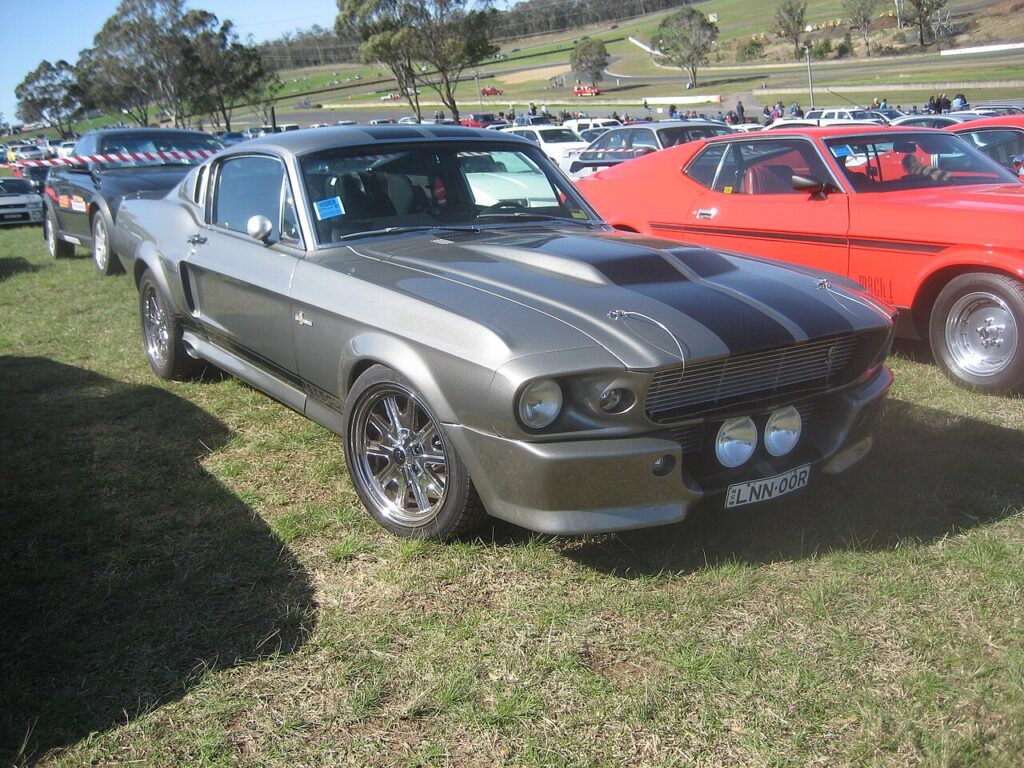
The silver Shelby GT500 known as Eleanor became a movie star in its own right. With its sleek lines, side exhausts, and racing stripes, it perfectly matched Nicolas Cage’s role as a master car thief. The film’s high-speed heists helped turn Eleanor into a modern-day dream car. Fans fell in love with its power and classic muscle appeal.
Collectors have driven prices for authentic or replica Eleanors sky high. The car’s mix of beauty and danger gives it lasting allure. Owning one feels like owning a piece of Hollywood adrenaline. It continues to inspire Mustang builds and fan tributes around the world.
Batmobile (1989 version) – Batman (1989)
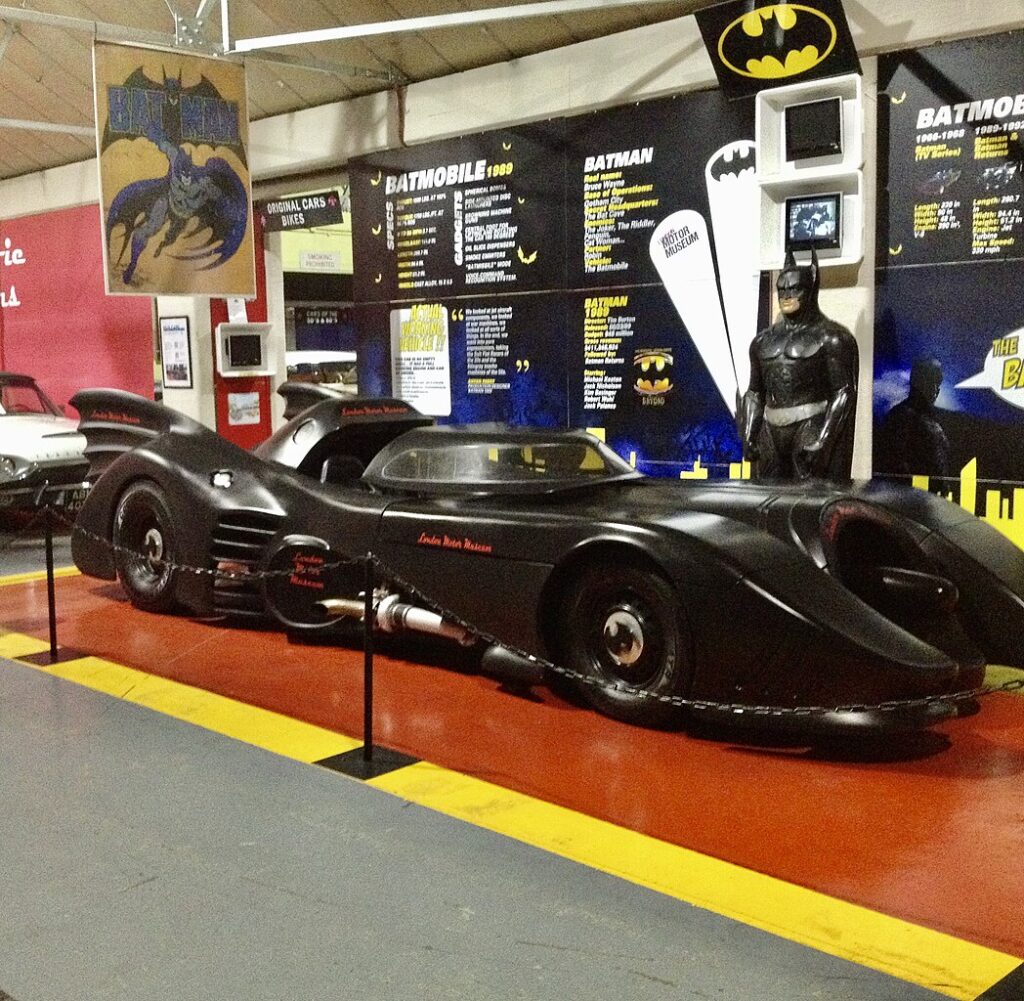
Tim Burton’s Batman gave fans a Batmobile that looked like nothing else on the road. Sleek, long, and armed with gadgets, it embodied Gotham’s dark, mysterious atmosphere. Its turbine engine sound and jet-inspired body made it unforgettable. This design became the definitive Batmobile for an entire generation.
Collectors and museums consider it one of the greatest movie cars ever built. Screen-used versions are displayed in private collections and exhibitions worldwide. Its design influenced later Batmobiles while maintaining its own unique charm. Even decades later, it’s still the version most fans picture when they think of Batman’s ride.
1973 XB GT Ford Falcon “Interceptor” – Mad Max (1979)
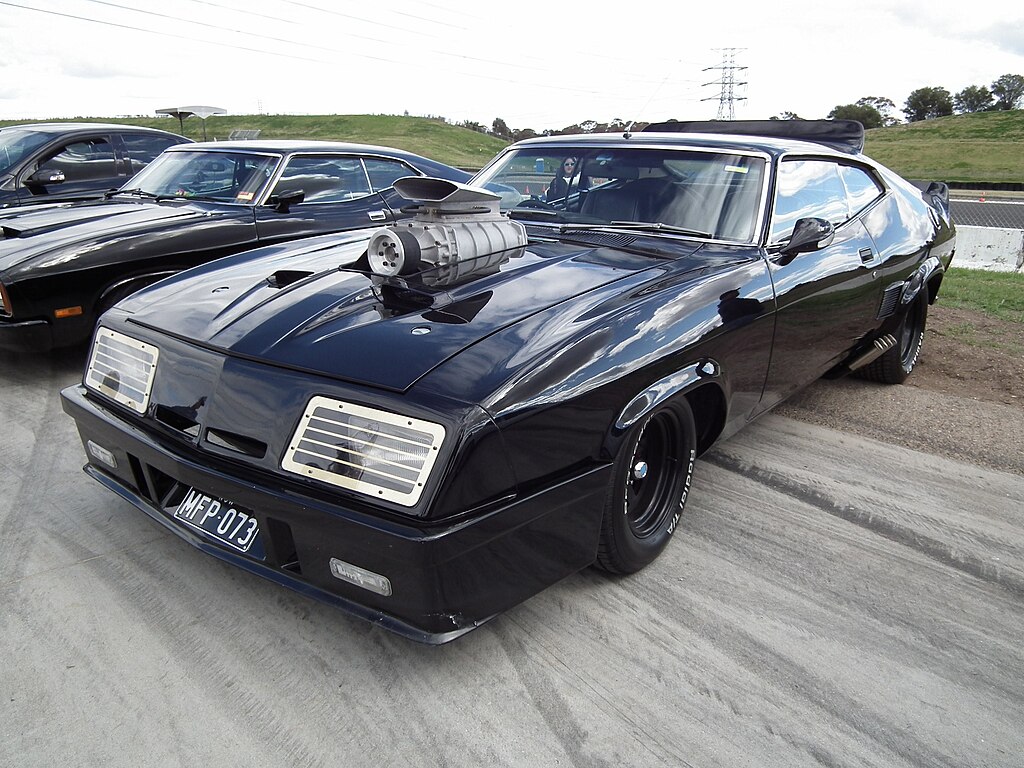
The Interceptor is the heart of the Mad Max universe. Built from a 1973 Ford Falcon, it carried Max through a desolate, post-apocalyptic wasteland. The car’s black paint, blower, and menacing look captured the spirit of survival. Its raw, stripped-down style helped define the tone of the entire series.
Collectors see the Interceptor as a true symbol of rebellion. Replicas are built around the world, each paying tribute to its gritty design. The car represents strength and resilience in a broken world. It remains one of the most recognizable vehicles in movie history.
Mini Coopers – The Italian Job (1969 & 2003)
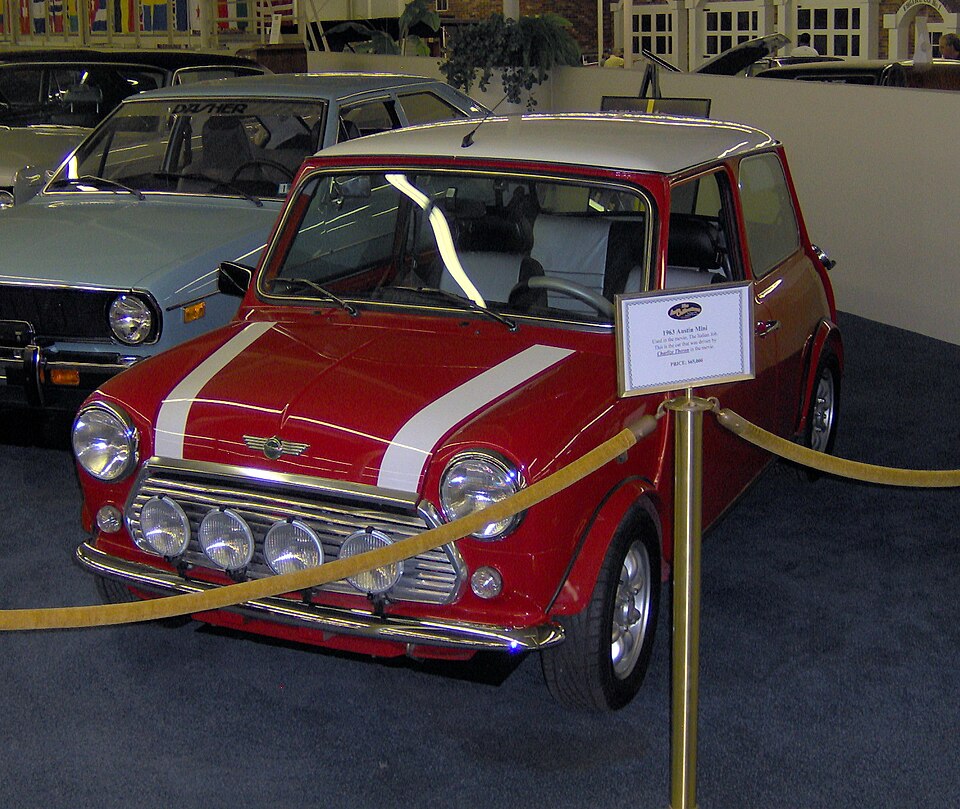
The Mini Coopers in The Italian Job showed how small cars could steal the show. Their tight turns and nimble chases through narrow city streets became iconic. The red, white, and blue Minis turned into symbols of clever teamwork and daring heists. Both the original and remake kept that playful energy alive.
Collectors treasure both versions for their charm and cinematic legacy. Original film models are rare and fetch high prices among car enthusiasts. The Mini’s fame helped cement its status as a stylish yet practical car. It’s proof that size doesn’t matter when it comes to movie magic.
1974 Ford Gran Torino – Starsky & Hutch

The red and white Gran Torino from Starsky & Hutch was pure 1970s style. With its distinctive stripe and throaty engine, it became as famous as the detectives who drove it. Fans loved how it screeched around corners and raced through chase scenes. Its bold design made it instantly recognizable on TV and in the later film version.
Collectors adore this car for its vintage appeal and connection to classic television. Restored models remain popular at car shows and fan events. Many enthusiasts even recreate the same red paint and white stripe pattern. It continues to represent an era when TV cars had just as much personality as their drivers.
1976 Lotus Esprit S1 “Submarine Car” – The Spy Who Loved Me (1977)
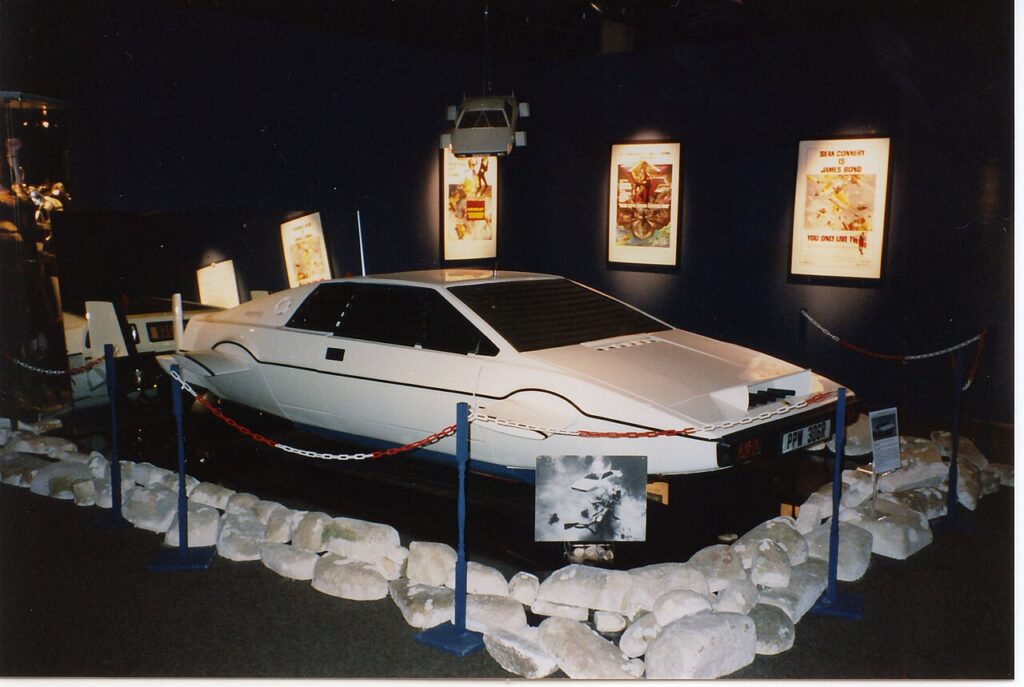
When James Bond drove his Lotus Esprit into the water and turned it into a submarine, audiences were stunned. The sleek white car combined beauty with imagination, fitting Bond’s world perfectly. Its transformation scene remains one of the most creative car moments in film. It gave the Esprit an enduring place in automotive and movie history.
Collectors were amazed when one of the original underwater models resurfaced years later. It eventually sold to Elon Musk, who planned to restore its hidden submarine features. The car remains a marvel of design and movie innovation. Few vehicles have managed to cross land and sea so stylishly.
Volkswagen Beetle “Herbie” – The Love Bug (1968)
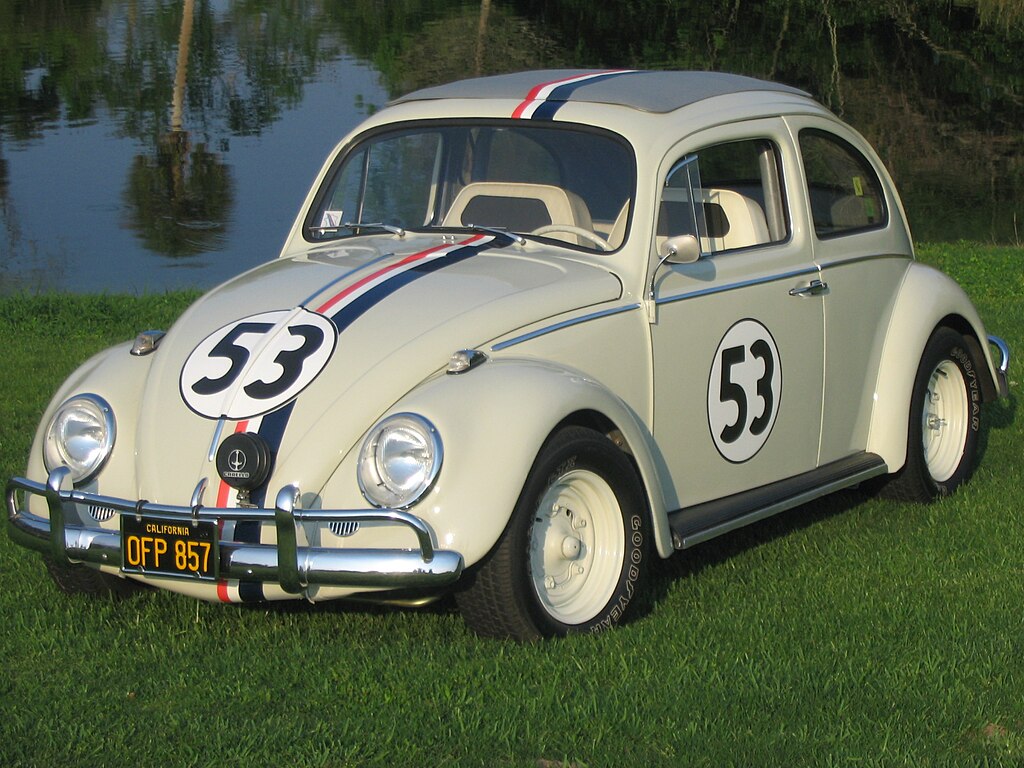
Herbie wasn’t just a car — it had a personality of its own. The white Volkswagen Beetle with red, white, and blue racing stripes charmed audiences from the start. Its playful antics and cheerful horn made it a family favorite. Kids and adults alike rooted for Herbie in every race and adventure.
Collectors view Herbie as one of Disney’s most beloved film icons. Original film-used Beetles have become prized items at auctions. Restored versions often appear in parades and events, keeping its fun spirit alive. Herbie continues to remind fans that even a small car can have a big heart.
This article originally appeared on Avocadu.
